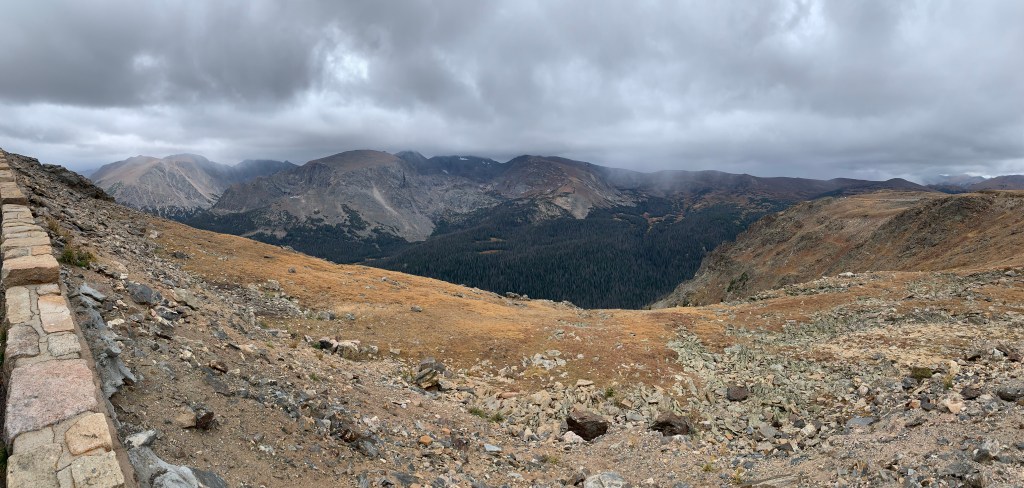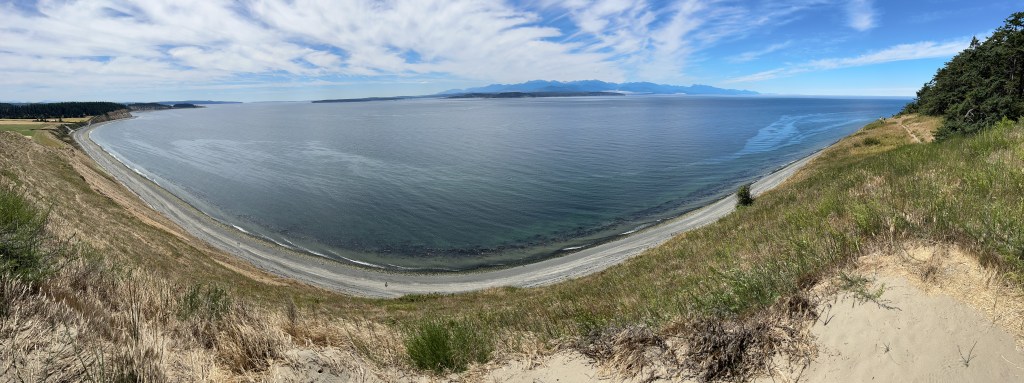
OK, it’s not a solar eclipse, but this 450+ year old World Heritage Site is impressive. Only about 25 miles from the pyramids of Teotihuacán, this 16th century Franciscan Aqueduct carried fresh water from a volcano 30 miles over the countryside, underground and over the Papalote (kite) ravine above, with 120+ arches overall. If you approach from Mex 88 outside Santiago Tepeyahualco, there’s a short gravel drive to a parking area watched by local police, where the aqueduct begins. It’s easy to walk down to see the 125’+ high arch in the center, and it’s cooler if you stay in the shade of the Roman design. I wouldn’t recommend trying to drive further on the “roads” nearby, which are more like cow paths. There is a small rail line and a creek flowing under at the bottom, with a footpath built into the bottom of the arch for hikers to cross. There are a few other sections, but this is the most impressive.








